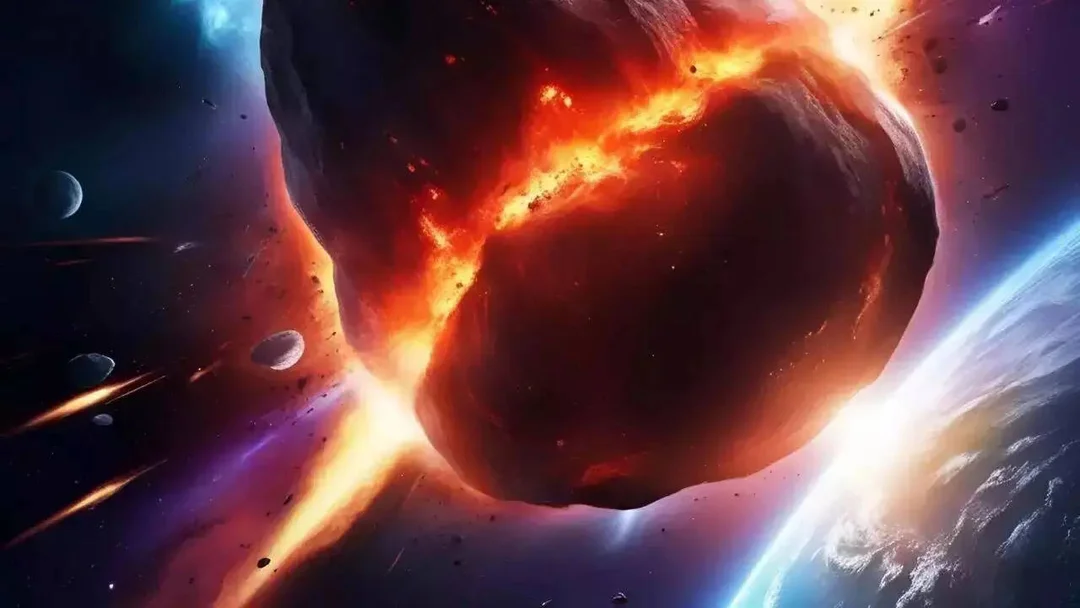
Giant Asteroid ‘Eiffel Tower Size’ to Safely Pass Earth: Should We Be Concerned?
A massive asteroid, dubbed 2003 MH4, is hurtling towards Earth and set to make a close approach around May 24, 2025. This space rock, comparable in size to the Eiffel Tower and nearly three football fields long, has sparked interest and monitoring from NASA due to its size and speed. While there's no immediate threat, the event highlights the importance of planetary defense efforts.
The asteroid, approximately 335 meters in diameter, is classified as a Potentially Hazardous Asteroid (PHA) due to its size exceeding 150 meters and its proximity to Earth, coming within 7.5 million kilometers. Traveling at a blistering 14 kilometers per second—that’s roughly 50,400 km/h—it would cross the distance from Delhi to Mumbai in under a minute.

Despite its classification, 2003 MH4 will pass Earth at a safe distance of 6.68 million kilometers. Although sizeable by human standards, space agencies consider this a 'close call,' prompting ongoing monitoring by NASA's Center for Near-Earth Object Studies (CNEOS) and Jet Propulsion Laboratory (JPL).
NASA's tracking methods include ground-based telescopes and space observatories combined with orbital modeling and radar observation which help scientists predict future paths and assess potential risks. Small deviations in the asteroid's path, possibly caused by gravitational pull from other space bodies or the Yarkovsky effect could lead to more frequent encounters.
While 2003 MH4 poses no immediate danger, the situation emphasizes the need for continued vigilance and investment in planetary defense technologies. If an asteroid of this magnitude were to impact Earth, it could unleash catastrophic damage - imagine thousands of nuclear bombs! The results would flatten cities triggering earthquakes and tsunamis and also set off wildfires and long-lasting 'impact winters'.
This particular asteroid belongs to the Apollo family of Earth-crossing asteroids, whose orbits intersect or nearly intersect Earth's orbit. Further monitoring continues on other near-Earth asteroids, such as 2024 YR4 and 2025 FA22. In 2089, 2025 FA22 will pass extremely close to the planet, although according to present computer models, the danger stands at a mere 0.01%
The forthcoming close approach of Asteroid 2003 MH4 is a stark reminder of the many celestial bodies that share our corner of the cosmos. Whether we're concerned, or confident in our planet's defense systems, it reinforces the necessity of improving telescopic technology and orbital simulation and planetary defense research. Ongoing observation is of utmost importance. This helps ensure that one day, the Earth is prepared for whatever devastation these objects will ultimately bring.
What are your thoughts on the potential threat of near-Earth objects and our current planetary defense capabilities? Share your opinions in the comments below!